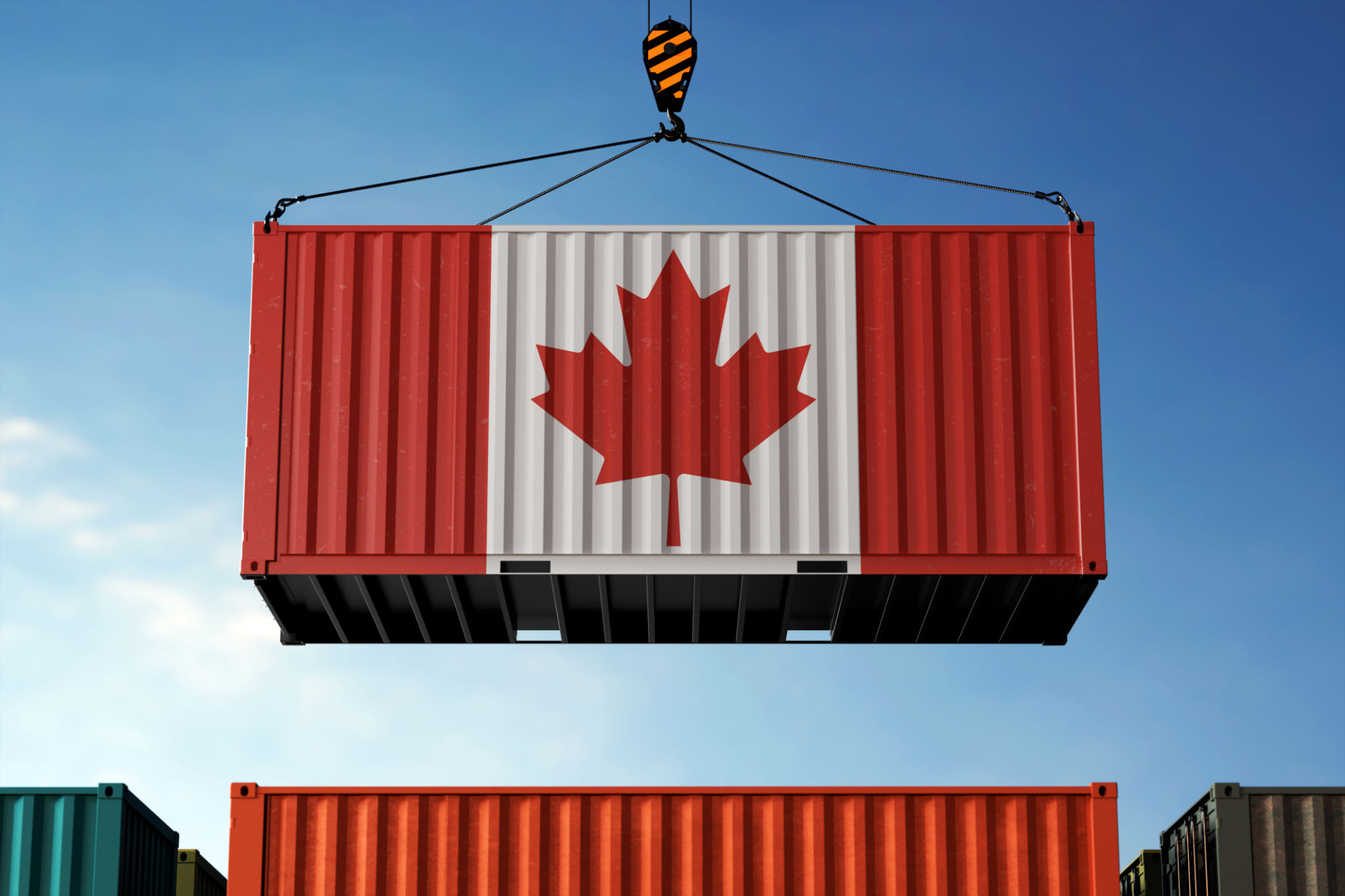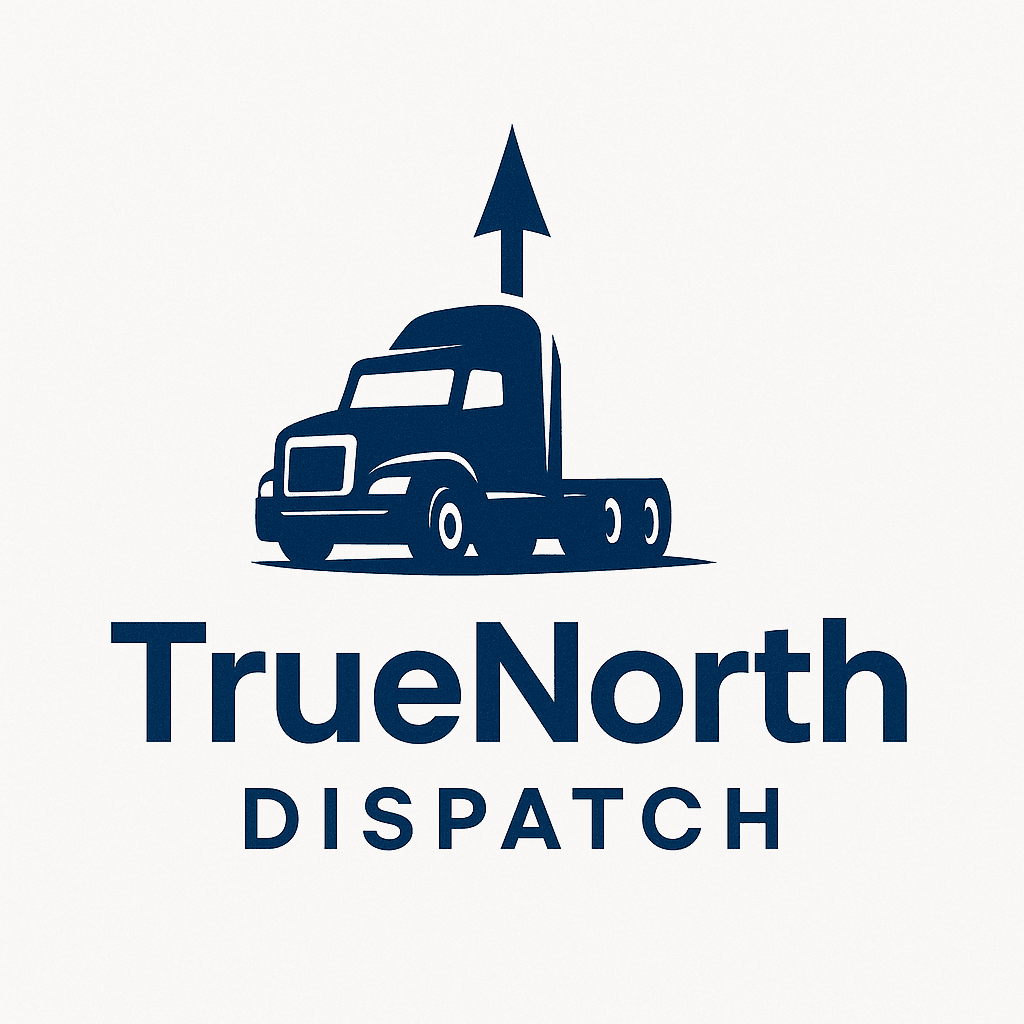Maximizing Revenue in Transportation Logistics: Strategies for Success
Understanding the Transportation Logistics Landscape
In the ever-evolving world of transportation logistics, maximizing revenue is a crucial focus for businesses striving to maintain a competitive edge. As the global economy continues to expand, logistics companies are faced with both opportunities and challenges in optimizing their operations. By understanding the current landscape and adopting innovative strategies, businesses can achieve significant revenue growth.
Transportation logistics involves the management of various processes, including the flow of goods from origin to destination, inventory control, warehousing, and more. Efficient logistics operations are vital for minimizing costs and maximizing profits. However, achieving this requires a thorough understanding of market trends, customer demands, and technological advancements.

Leveraging Technology for Operational Efficiency
One of the most effective ways to maximize revenue in transportation logistics is by leveraging technology. The integration of advanced technologies such as artificial intelligence (AI), machine learning, and the Internet of Things (IoT) can significantly enhance operational efficiency. By utilizing these technologies, logistics companies can optimize route planning, reduce fuel consumption, and improve delivery times.
For instance, AI-powered algorithms can process vast amounts of data to identify patterns and predict potential disruptions in the supply chain. This enables companies to make informed decisions and reduce operational risks. Additionally, IoT devices can provide real-time tracking of shipments, ensuring transparency and improving customer satisfaction.

Implementing Data-Driven Decision Making
Data is a valuable asset in the transportation logistics industry. By implementing data-driven decision-making processes, businesses can gain insights into their operations and identify areas for improvement. Collecting and analyzing data on customer preferences, delivery times, and operational costs can help companies make strategic decisions that enhance profitability.
Moreover, data analytics can assist in demand forecasting, enabling companies to allocate resources more efficiently and reduce wastage. By understanding customer behavior and market trends, businesses can tailor their services to meet specific needs, thereby increasing customer loyalty and revenue.
Optimizing Supply Chain Management
An optimized supply chain is fundamental to maximizing revenue in transportation logistics. Companies must focus on streamlining their supply chain processes to minimize delays and reduce costs. This can be achieved through effective inventory management, strategic supplier partnerships, and efficient warehouse operations.

Implementing just-in-time (JIT) inventory systems can help reduce holding costs and ensure products are available when needed. Building strong relationships with suppliers can also lead to better negotiation terms and improved service levels. Additionally, investing in automated warehouse solutions can enhance productivity and accuracy, further contributing to revenue growth.
Enhancing Customer Experience
In today's competitive market, delivering exceptional customer experience is critical for maximizing revenue. Logistics companies must prioritize customer satisfaction by offering reliable services, transparent communication, and personalized solutions. By understanding customer needs and exceeding their expectations, businesses can foster long-term relationships and drive repeat business.
Providing flexible delivery options, real-time tracking updates, and responsive customer support are key components of a superior customer experience. Additionally, leveraging customer feedback to continuously improve services can help companies stay ahead of competitors and maintain a loyal customer base.

Exploring New Markets and Opportunities
Finally, exploring new markets and opportunities is essential for sustained revenue growth in transportation logistics. Companies should consider expanding their services to untapped regions or diversifying their offerings to cater to different industries. By identifying emerging trends and adapting to changing market needs, logistics businesses can capture new revenue streams.
Strategic partnerships and collaborations with other industry players can also open doors to new opportunities. By leveraging each other's strengths and resources, companies can achieve mutual benefits and enhance their market presence.

